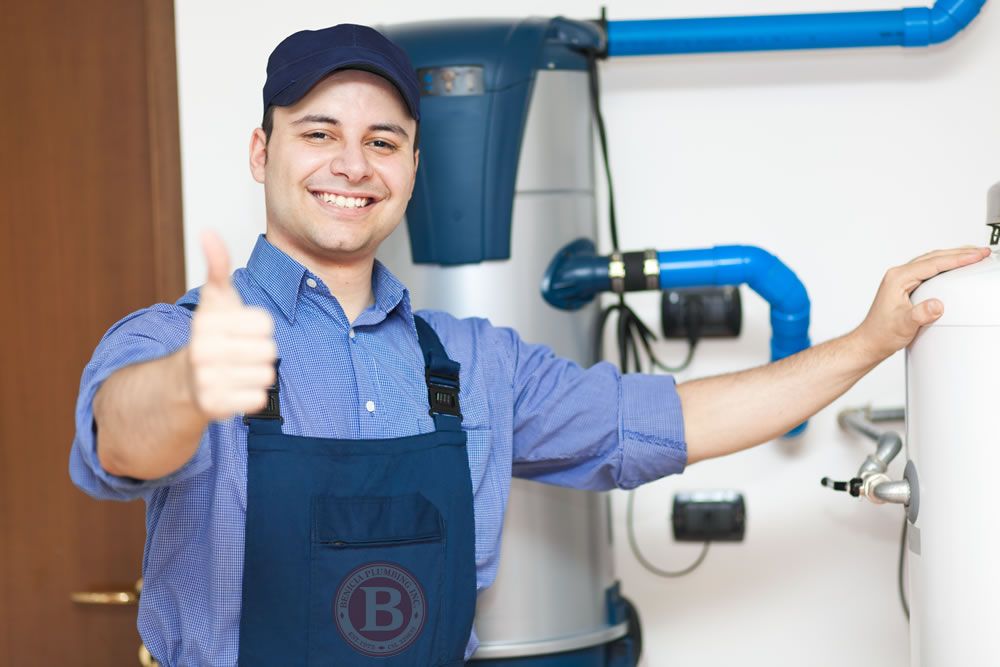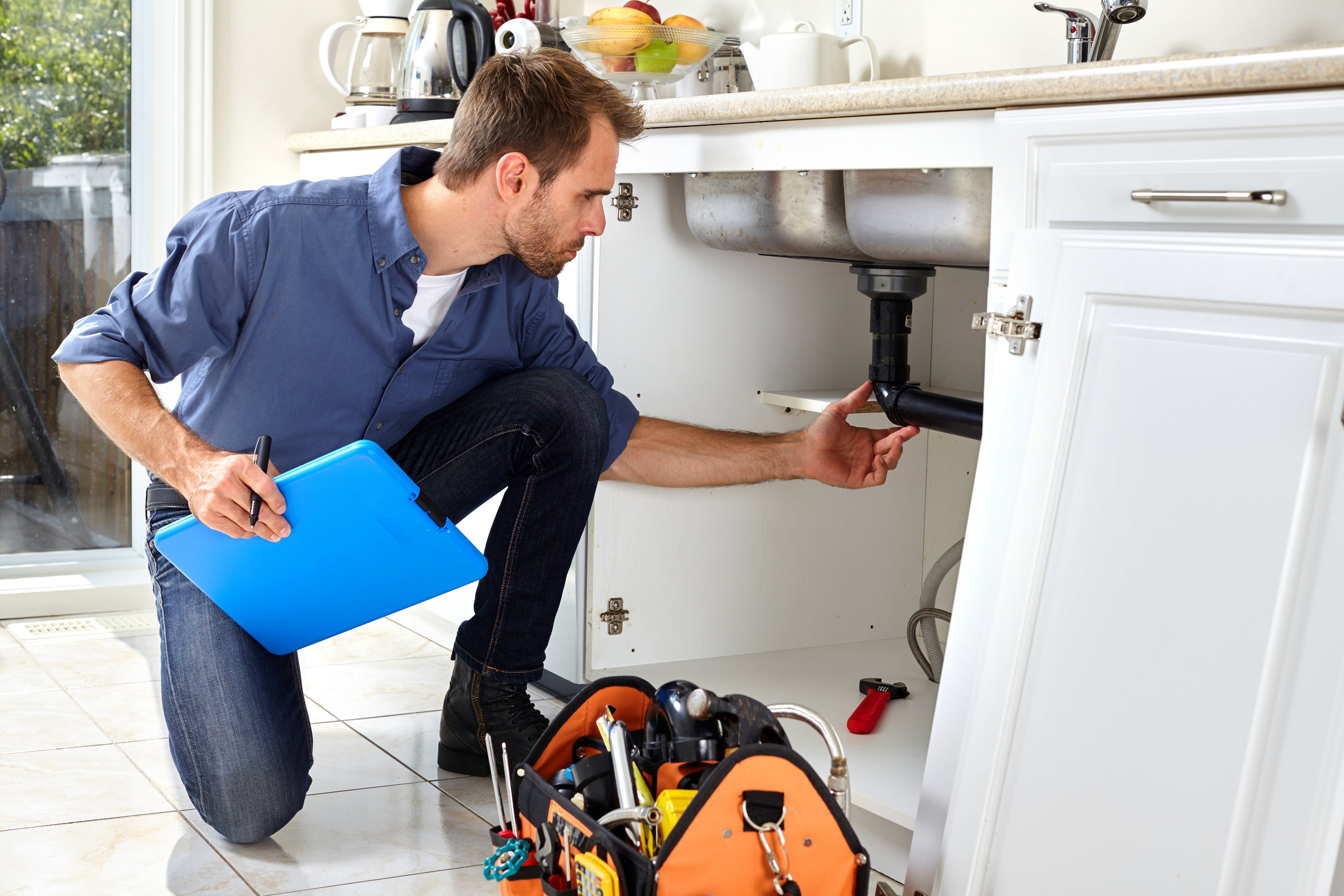A Detailed Overview to Efficient Water Heating Unit Setup for Optimum Performance
Beginning on the task of installing a hot water heater is a venture that requires accuracy and a systematic strategy for attaining ideal performance. The process starts with the important decision of selecting the proper heater tailored to the details requirements of your family, considering variables such as power, size, and type resource. As soon as picked, preparing the setup area to meet security standards is vital. Nevertheless, the trip does not finish right here. As you proceed, the details of connecting supply of water lines and establishing reputable electric or gas connections await, promising understandings into ensuring efficiency and reliability.
Choosing the Right Water Heating Unit

Following, take into consideration the dimension and capability of the water heater. It's crucial to evaluate your family's hot water needs, which can differ based on the number of residents and their use patterns. A system that's too little may result in insufficient warm water, while a large version might lead to unneeded power usage.
Performance ratings additionally play a critical duty in choice. Look for hot water heater with high Power Factor (EF) rankings, indicating superior efficiency and reduced power usage. Tankless designs, though commonly more costly in advance, offer significant power cost savings gradually as a result of their on-demand home heating capabilities.
Preparing the Installation Location
Prior to installing a new water heating unit, careful preparation of the installment area is essential. This guarantees a smooth installment process and assists stop future issues (Plumbing Alabaster AL). Begin by choosing an ideal location that follows neighborhood structure codes and safety standards. The location should be dry, well-ventilated, and accessible for maintenance. It's vital to gauge the space thoroughly to suit the water heating system's dimensions, making sure adequate clearance around the system for reliable procedure and servicing.
Following, remove any debris, dust, or obstructions from the site to produce a tidy setting. Check the flooring for security, as the water heater will require a solid, level surface area to run effectively. If necessary, set up a drip pan underneath the system to capture possible leakages or spills, protecting against water damages to the surrounding location. In areas prone to seismic task, consider installing seismic straps to secure the heater firmly in area.
Furthermore, make sure that all needed tools and materials get on hand prior to beginning the setup. This includes things such as wrenches, screwdrivers, a degree, and any type of extra hardware needed for protecting the heater and mounting. A well-prepared installment area sets the foundation for an effective hot water heater configuration, optimizing efficiency and security.
Connecting Water System Lines
When linking supply of water lines to your newly mounted hot water heater, it is crucial to ensure that all links are leak-free and secure to keep effective procedure and avoid water damages. Begin by determining the hot and cool supply of water lines. The click for more info cool water inlet is normally marked with a blue tag or a "C", while the warm water electrical outlet is marked with a red tag or an "H".
Use adaptable hot water heater adapters to help with an easier setup procedure. These ports can soak up vibration and permit slight motion, reducing the danger of leakages. Before affixing the connectors, put a plumbing technician's tape around the threaded ends of the hot water heater's inlet and electrical outlet pipelines - Plumber Alabaster AL. This tape functions as a sealer, preventing leaks. Meticulously connect the versatile pipes to the respective inlet and outlet, making sure that they are limited yet not over-tightened, which could damage the threads.
When links remain in area, gradually turn on the main supply of water shutoff. Evaluate each link for leakages by aesthetically checking and feeling for moisture. Tighten up connections as necessary, and ensure the pressure safety valve is correctly set up, protecting against extreme stress accumulation.
Establishing Electric or Gas Links
Correctly establishing the electrical or gas connections for your hot water heater is a critical action to make certain reliable and secure procedure. For electrical water heating units, start by confirming that the electrical circuit is compatible with the heater's voltage and amperage demands. Guarantee the power supply is turned off at the circuit breaker to prevent crashes. Link the electric wires to the heating unit complying with the manufacturer's wiring diagram. why not look here Usually, this entails attaching the ground cable to the green terminal, and the continuing to be cables to their corresponding terminals, safeguarding each with cable nuts.
For gas water heaters, safety is vital. Attach the gas line to the water heater utilizing an adaptable gas adapter, ensuring it is appropriately threaded and secured with pipeline joint substance or Teflon tape suitable for gas connections.
When links are made, evaluate for any prospective leaks. For gas lines, use a soapy water remedy to the joints; bubbles indicate a leakage. For electric links, double-check that all electrical wiring is safe and effectively shielded, keeping compliance with local electrical codes.
Evaluating and Changing for Effectiveness
With the electric and gas links safely in location, the following step is examining the operational effectiveness of your hot water heater. Begin by very carefully activating the water system and making sure there are no leakages at any of the joints or valves. Once confirmed, proceed to load the container, paying focus to the stress and temperature settings. It is advisable to establish the thermostat to an advised temperature level of around 120 ° F(49 ° C) to balance energy efficiency and convenience.
Next, execute a detailed examination to make sure the heating components or gas heaters are functioning appropriately. For electric heaters, make use of a multimeter to verify if the components are attracting the appropriate existing. In gas designs, observe the heater fire; it should be stable and blue, indicating reliable combustion.
Readjust the settings as essential to get rid of inadequacies. Think about applying insulation procedures, such as including a water heating unit covering, to even more boost performance by decreasing heat loss. In addition, check the anode rod's problem, as a scrubby pole can decrease performance and lead to storage tank deterioration.
Conclusion
Efficient water heating unit setup is essential for ensuring optimal efficiency and power financial savings. Safely connecting water supply lines and thoroughly setting up electric or gas connections minimize possible issues.

Correctly establishing up the electric or gas links for your water heating system is a crucial step to guarantee risk-free and effective procedure. For electrical water heating units, start by confirming that the electrical circuit is compatible with the heating unit's voltage and amperage demands. Link the gas line to the water heating unit using an adaptable gas adapter, guaranteeing it is effectively threaded and secured with pipeline joint compound or Teflon tape click reference appropriate for gas connections.